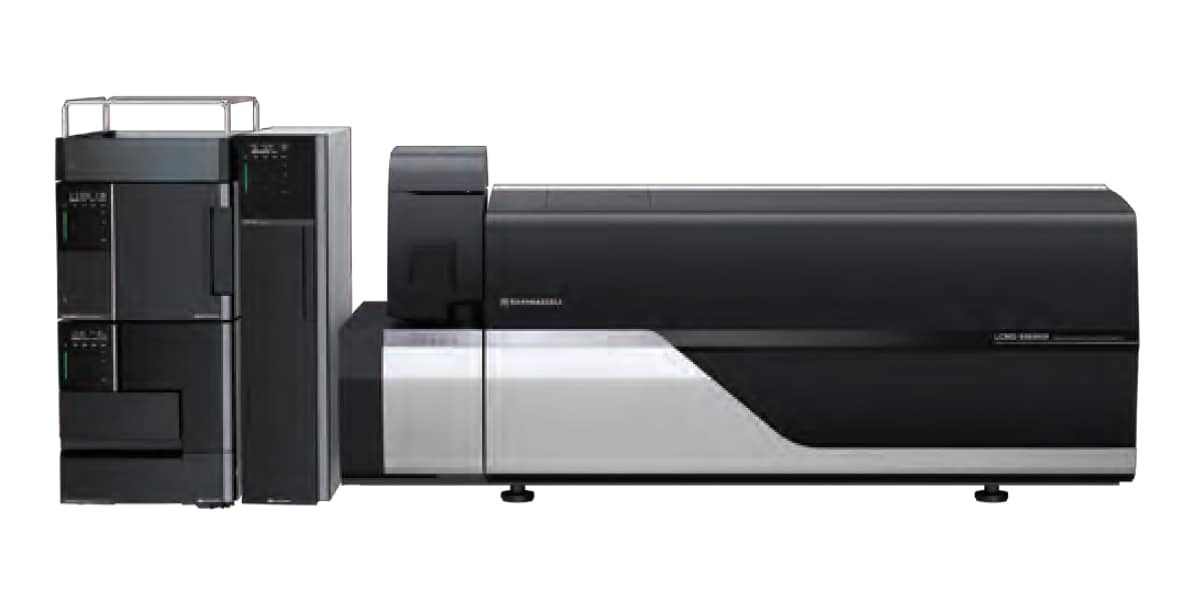
LCMS-8060NX
- Shimadzu LCMS-8060NX triple quadrupole mass spectrometer can easily achieve the quantitation requirements of EPA Method 545 on cylindrospermopsin and anatoxin-a analysis - This method provides lower LOQ and a wider dynamic range than those reported in EPA Method 545 so that samples with a broader range of concentrations can be analyzed in a single batch without the need of additional sample prep (concentration or dilution). - Run time of 8 minutes while ensuring good chromatographic separation and peak shape.
Cyanobacteria, commonly known as blue-green algae, and harmful algae blooms are proliferating in water bodies more frequently because of warmer temperatures and nutrient-rich environments across the world. They possess the potential to significantly impact water quality because they can produce cyanotoxins, such as cylindrospermopsin and anatoxin-a. Exposure to cyanotoxins can lead to a range of adverse health effects in human and animals, varying from mild skin rashes to severe illness. Cylindrospermopsin can cause damage to the liver, kidneys, and other organs. It is known for its cytotoxic effects.1 According to the Drinking Water Health Advisory published by US EPA, cylindrospermopsin in drinking water should be less than 0.7 μg/L for children younger than six years old, and less than 3.0 μg/L for school-age children and adults.2 Anatoxin-a, also known as Very Fast Death Factor (VFDF), is a secondary, bicyclic amine alkaloid and cyanotoxin with acute neurotoxicity. Exposure to anatoxin-a may result in symptoms such as loss of coordination, muscle twitching, convulsions, and swift death, often caused by respiratory paralysis.3
July 19, 2024 GMT
Some products may be updated to newer models